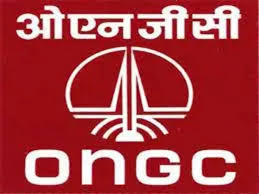Understanding ONGC Share Price: Trends and Market Insights

Introduction
ONGC, or Oil and Natural Gas Corporation Limited, is India’s largest crude oil and natural gas company. It plays a crucial role in the Indian energy sector, and its share price is closely watched by investors and analysts alike. As the largest producer of crude oil in India, the performance of ONGC on the stock market often reflects broader trends in oil prices and energy demand. With the current fluctuations in global oil prices and ongoing geopolitical tensions, monitoring ONGC’s share price has become increasingly significant for investors.
Current Trends in ONGC Share Price
As of October 2023, ONGC’s share price has experienced notable fluctuations influenced by various factors including global oil prices, domestic policies regarding energy, and international market conditions. The stock was priced at approximately ₹170 in early October, reflecting a sustained interest from investors amidst rising demand for energy resources. Analysts have highlighted that the increase in crude oil prices coupled with government reforms aimed at enhancing energy production could provide further support to ONGC’s share price.
Factors Influencing ONGC Share Price
Several factors contribute to the current price movements of ONGC shares:
- Global Oil Prices: The volatility in international oil prices directly impacts ONGC’s revenue and profitability. Recent agreements among OPEC nations to limit production have resulted in higher crude oil prices, positively influencing the share price.
- Government Policies: The Indian government’s push towards enhancing domestic oil production and reducing dependence on imported energy has also played a crucial role. Initiatives for sustainable energy and exploration in frontier areas have been promising for ONGC.
- Quarterly Earnings Reports: Periodic earnings reports from ONGC showcasing their performance metrics—like production levels, profit margins, and expenditure—also impact share prices significantly. For instance, a recent report indicated a rise in quarterly profits attributed to higher oil prices, leading to an uptick in share value.
Conclusion
In summary, ONGC’s share price is a key barometer for both the company’s performance and the health of the energy sector in India. As market conditions continue to evolve with global trends and domestic developments, investors should remain vigilant. Monitoring share price developments and understanding the underlying factors will be crucial for making informed investment decisions. With forecasts suggesting potential increases in global oil consumption, ONGC could be an attractive investment moving forward.


